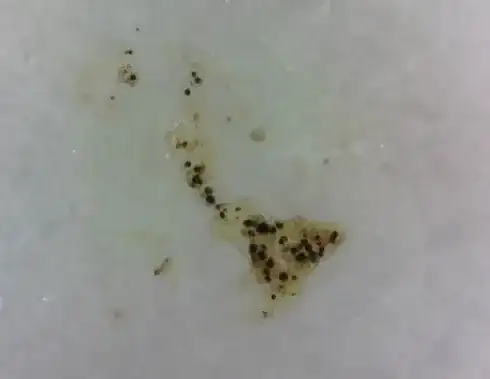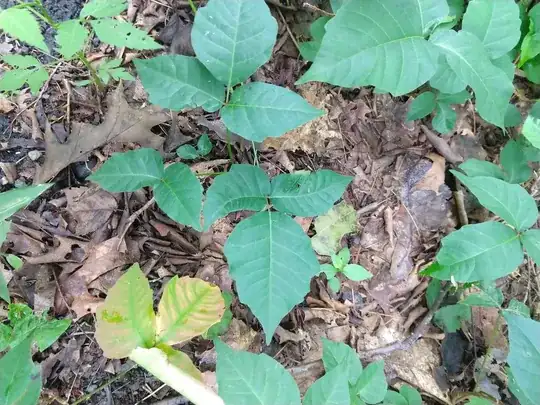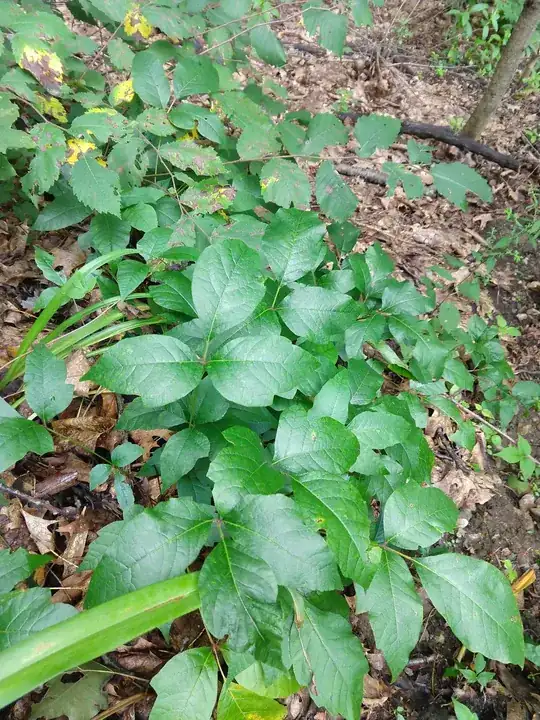While mucking about in my (new) yard, I found a bunch of plants that I believe are poison ivy (three shiny leaves, aggressively tendriling vines, and the bigger leaves have the little "mitten" indentation. No berries that I've seen). There's quite a lot of it, and some of the vines are encroaching onto the driveway. It seems unusual that the previous tenants wouldn't have noticed this - they did a lot of gardening - so I'm questioning whether my identification is right.
Can someone confirm whether this is poison ivy, and if it's not, tell me what it is?
I'm in Western Massachusetts, so we definitely have poison ivy in the area.


